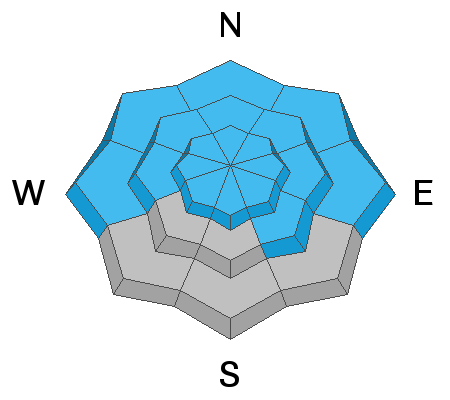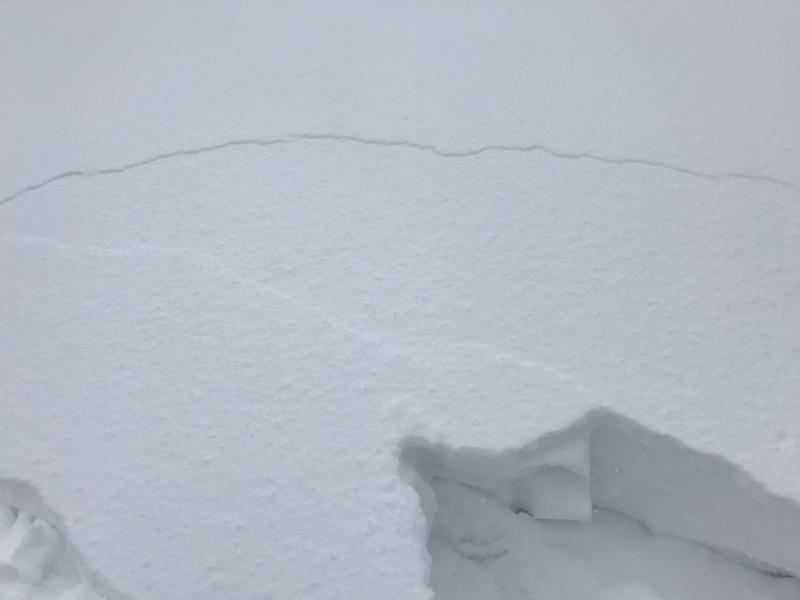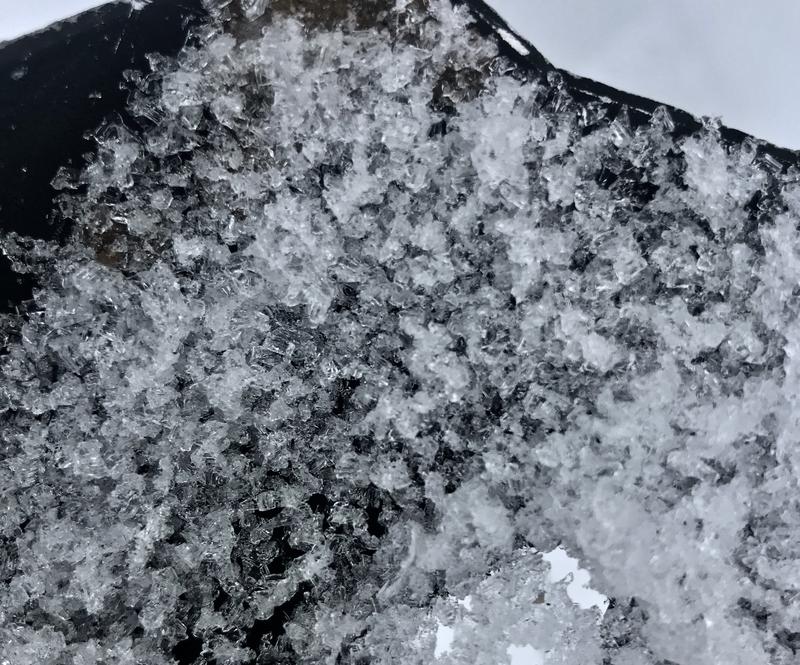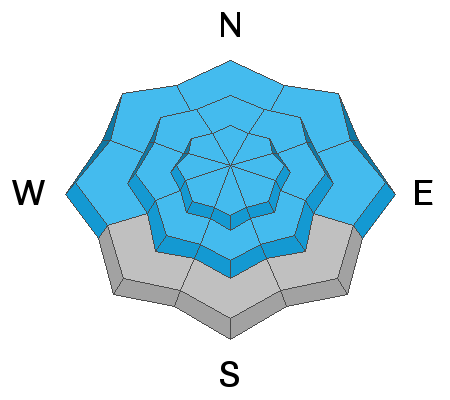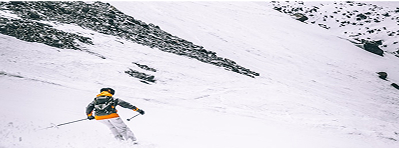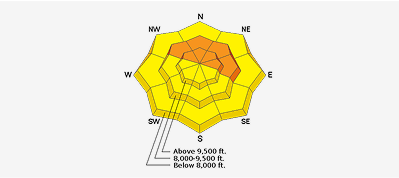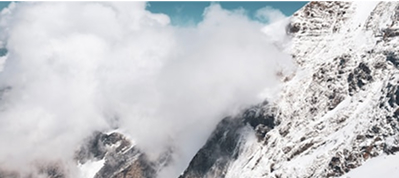Forecast for the Logan Area Mountains

Issued by Toby Weed on
Tuesday morning, January 5, 2021
Tuesday morning, January 5, 2021
Heavy snow and drifting from strong westerly winds overnight overloaded slopes with widespread buried persistent weak layers. The avalanche danger is HIGH, and dangerous avalanche conditions exist at all elevations. Human triggered and natural avalanches are most likely on drifted upper and mid elevation slopes facing northwest through southeast, but possible in sheltered and lower elevation terrain. Avalanches could be triggered remotely or from a distance.
Avoid travel in avalanche terrain today. Stay off, away from, and well out from under all drifted slopes steeper than about 30 degrees.
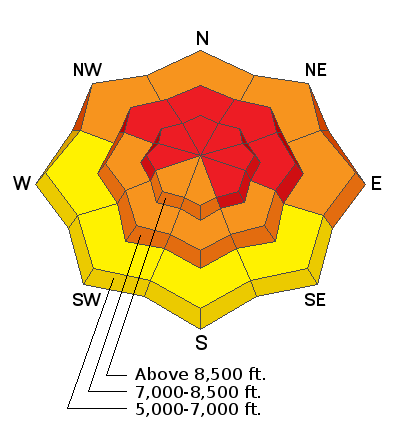
Low
Moderate
Considerable
High
Extreme
Learn how to read the forecast here


